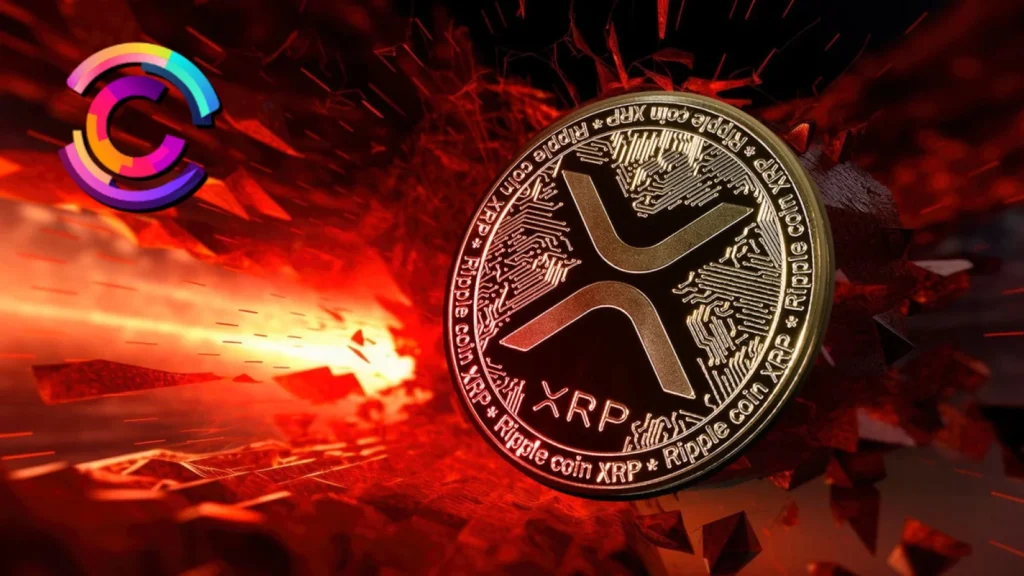- David Schwartz leads Ripple’s push for institutional DeFi, focusing on regulatory-compliant, decentralized finance through tokenizing real-world assets.
- Schwartz has been a leader in the interoperability space by integrating Ethereum Virtual Machine Sidechains into the XRP Ledger. This allows for more flexibility.
David Schwartz has been named Chief Technology Officer of Ripple, making him one the most important personalities within the crypto and blockchain industry today.
The story of his rise from a technical genius to a leader of one of the world’s most prominent cryptocurrency companies is one of ingenuity, perseverance and a vision of a future decentralized.
David Schwartz’s It was not an easy journey. Schwartz had a background in cryptography and software development before he began his blockchain career.
He developed a deep interest in the decentralized system when he was working on message systems. It was this foundation that allowed him to jump into the blockchain area, which was of interest.
Schwartz, who saw blockchain as a force for transformation in the finance industry, found a place at Ripple where he built one of today’s most robust blockchain networks, the XRP Ledger.
Schwartz’s contribution to the XRP Ledger is not something that can be overlooked. Schwartz was one of its major developers, who ensured that the protocol would not only offer safe and rapid transactions, but it also had the scalability needed to keep up with the demands of global finance.
The founding architect of XRPLHis impact is felt in every facet of Ripple’s ecosystem. XRPL’s unique consensus model, which is different from other proof-of work models like Bitcoin, makes Ripple’s ledger the most energy efficient and scalable Blockchain platform.
Ripple vision for institutional DeFi and real-world asset tokenization
Schwartz was the first to lead. Ripple Has consistently advanced the limits of blockchain technology. This is especially true in decentralized banking and cross-border payment. Schwartz talked at the Consensus 2024 conference about Ripple’s goal to bring established financial organizations into decentralized ecosystems.
Ses focus on institutional DeFi regulatory compliance demonstrates that he understands the importance of closing the gap between current financial institutions and the blockchain technology.
Schwartz sees DeFi as an institutional solution through multipurpose tokens, and by tokenizing real assets.
Ripple, by including commodities and real estate into DeFi protocols can provide a solution on which institutions can depend while enjoying the transparency and flexibility that Decentralized Platforms offer.
Schwartz points to the challenge of creating decentralized systems on which institutions can depend, while maintaining fundamental concepts like censorship-resistance and governance-free operation.
Schwartz in particular has played a crucial role in introducing the oracles feature to the XRP Ledger. DeFi These platforms are more accurate when they can access data from external sources, like asset prices.
Schwartz’s drive to keep the XRP Ledger on the cutting edge of blockchain technology is evident in this example.
Schwartz’s game-changing innovations: Enhancing blockchain interoperability
Ripple’s focus on interoperability is one of Schwartz’s more interesting initiatives. Schwartz recently described Ripple’s efforts to connect the Ethereum Virtual Machine sidechain (EVM), with the XRP leadger.
EVM’s sidechain enables the interoperability with Ethereum smart contracts and the XRP Ledger, extending Ripple’s network capabilities.
Schwartz was a strong advocate of enhancing user experiences in blockchain networks. He acknowledges the importance of interoperability between blockchains for mainstream adoption.
For example, the EVM sidechain allows XRP This allows developers to have more flexibility. Schwartz’s goal is to adapt Ripple’s blockchain architecture to appeal to mainstream applications as well as specialist ones.
Schwartz also oversaw the construction of other bridges such as the Axelar Bridge, which allows smoother transactions between the XRP Ledger sidechains and EVM. The bridge allows XRP as a native coin to be used across multiple chains. This increases its utility, and establishes Ripple’s position as a leader in the blockchain industry.
David Schwartz’s Role at Ripple Compliance and Innovation
David Schwartz has been actively engaged in the negotiations of regulatory issues that are affecting Ripple, and cryptocurrency businesses more broadly. Recent years have seen a rise in the number of cryptocurrency transactions. Ripple The United States and other countries have increased their regulatory scrutiny of the industry.
Schwartz played a key role in the development of Ripple’s solutions to these problems. This ensured that Ripple maintained compliance, while also continuing to innovate.
Ripple has a cautiously positive approach towards regulation. Schwartz acknowledges that while restrictions are necessary for institution adoption, they should not inhibit innovation.
In a recent conversation, he discussed the delay in adopting blockchain The Federal Reserve, for example, moves at a pace that is frustrating to entrepreneurs.
Ripple, however, has been committed to working within these frameworks and advocating policies that strike a balance between compliance and innovation.
No spam, no lies, only insights. Your subscription can be cancelled at any time.
“This article is not financial advice.”
“Always do your own research before making any type of investment.”
“ItsDailyCrypto is not responsible for any activities you perform outside ItsDailyCrypto.”
Source: www.crypto-news-flash.com


